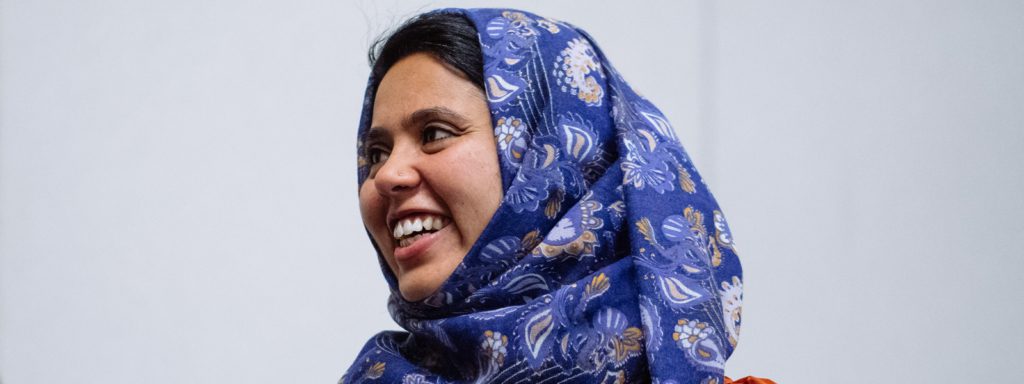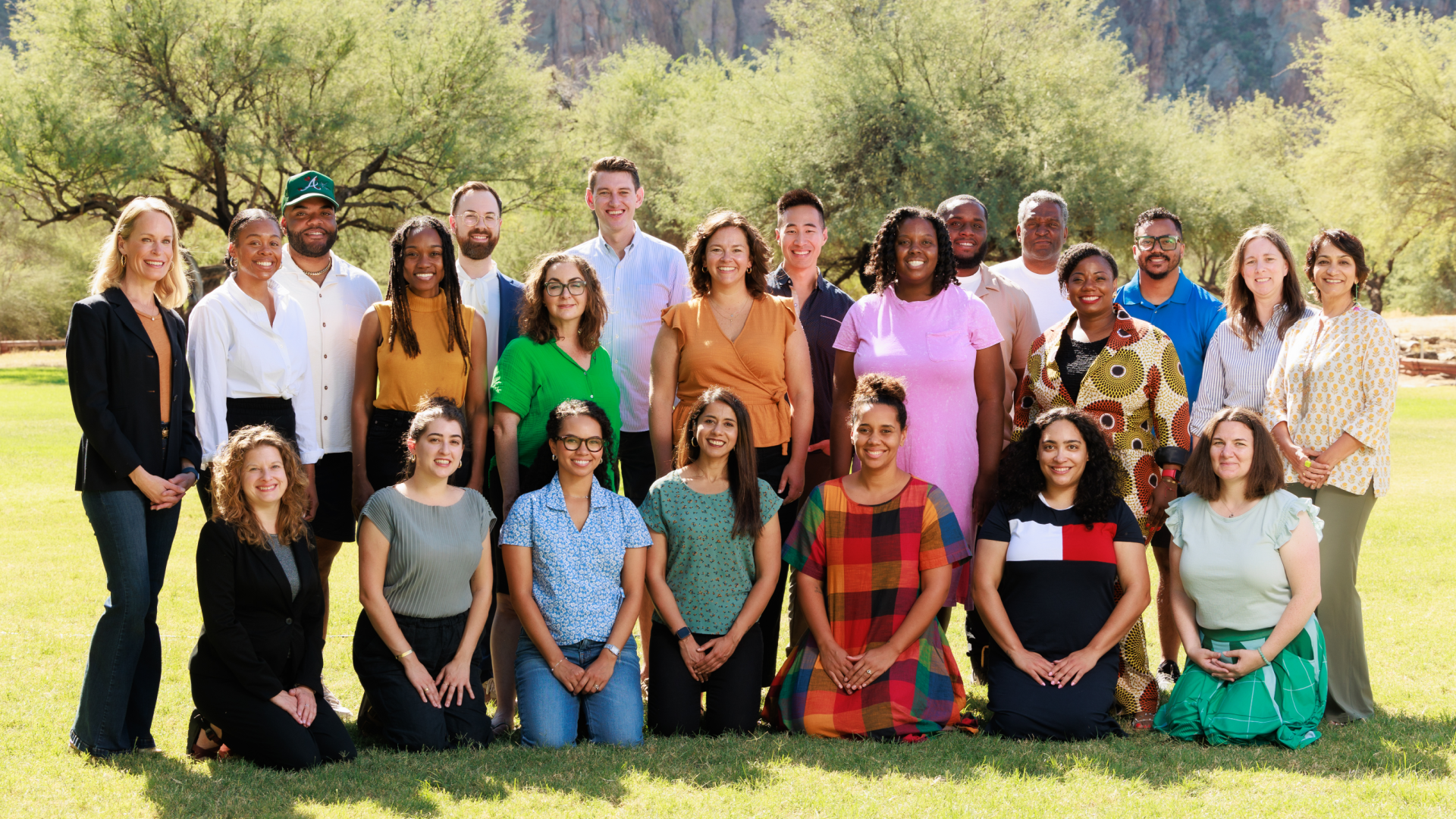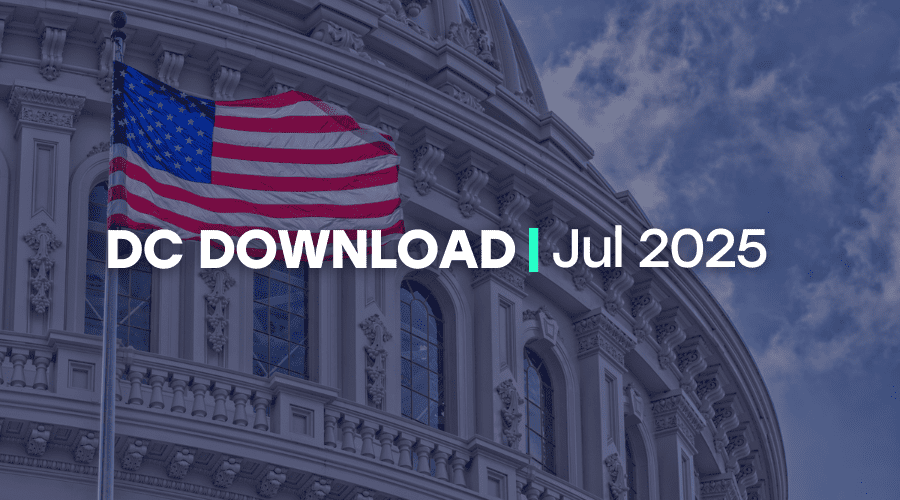Social Determinants of Equity That Are Not Addressed
The month of March marks the annual observance of Women’s History Month, a customary practice that commemorates the study, recognition, and contributions of pivotal women throughout American history. This year’s celebration bears extra significance following the 2020 centennial anniversary of the women’s suffrage movement and the reintroduction of legislation to certify the Equal Rights Amendment. Many assume that the United States has made significant strides in achieving equity and equality. Yet despite notable gains and landmark legislation, disparities remain largely unchanged. The official theme of the 2021 observance of Women’s History Month, Valiant Women of the Vote: Refusing to be Silenced, echoes growing calls for reforms to resolve longstanding inequities that have since received renewed interest in light of disparities that were laid bare and exacerbated by the ongoing global pandemic. We cannot celebrate the progress that has been gained without acknowledging the prevalent and persistent disparities that remain.
Equity Requires Understanding Intersectionality
“Intersectional Equity,” a term coined by Kimberlé Crenshaw of the African American Policy Forum, asserts that Black, Indigenous, and people of color (BIPOC) are often disadvantaged by multiple and interconnected sources of oppression that compound historical patterns of exclusion. This philosophy implies that the complexity of inequity extends beyond critical race theory and gender equality. Social identities, such as race, gender identity, sexual orientation, class, marital status, religion, ability, age, citizenship, and other characteristics interconnect in dynamic ways. Intentional analysis of how these variables intersect requires the development of tailored solutions that encompass disparate impacts across a broad range of populations.
Systemic oppression impacts different communities in different ways, including variation in impact within groups. Disaggregated data focusing on a single or limited number of demographic variables fail to capture critical intersections of identity. Experiences of marginalization are not monolithic and vary according to population, demographic, and geography. This common oversight results in missed opportunities to address the unique experiences and needs of individuals who identify with one or more marginalized groups.
Intersectionality Informs Equitable Policy Solutions
Acknowledging that structural inequality is greater than the sum of racism and sexism, the policy process must take the intersections of identity into account to sufficiently address the various ways that individuals are disempowered. Every policy solution either reinforces or challenges inequitable systems and can have long-term consequences when developed without specific attention to the internal and external factors that support identity formation. Because the nonprofit sector employs our nation’s most diverse workforce and serves multicultural communities, charitable nonprofits share the responsibility of placing intersectional equity at the center of every policy under consideration. To address the unique needs and challenges of those who have been most impacted, we must first understand how the intersection of numerous identities cultivate unique experiences and how aspects of those experiences are shaped by privilege and discrimination. Then, and only then, will we have acquired the necessary insight to craft comprehensive policy and programmatic solutions that meet the needs of every demographic served by nonprofit organizations.
In honor of Women’s History Month, Independent Sector will highlight messages of “EmpowHERment Through Intersectional Equity” during the week of March 22-26. This weeklong, educational series elevates intersectional inequities impacting BIPOC women through the promotion of equitable policy tools, platforms, and resources. Additional tools and resources to support your advocacy efforts can be accessed in the Equitable Policy Resource Guide.
Resources relating to Intersectional Equity
Ten Principles of Disability Justice: The objective of the resource is to support participants in their commitment to an intersectional political analysis that centralizes people of color and integrates disability oppression as a component of a justice-based analysis of current conditions. This framework will provide insight surrounding the political framing of disability, examine its relationship to gender-based and racial oppression, and explore a counter-narrative where all bodies and communities are valued.
Race Equity & Justice Initiative Toolkit: Organizational Assessment Tool that any organization, regardless of where they are beginning their equity work, can conduct to understand how their organizations are currently operating. The Assessment introduces five dimensions of race equity work: 1) Securing Organizational Commitment; 2) Creating an Equitable Organizational Culture; 3) Recruiting, Hiring, & Retaining a Diverse Workforce; 4) Developing Accountability to and Partnership with Communities of Color; and 5) Applying an Anti-Racist Lens to Programs, Advocacy, & Decision-Making.
Tribal Equity Toolkit: Comprehensive toolkit that includes tribal resolutions and codes to support two spirit and LGBT justice in Indian Country.
Intersectionality Tool for Gender & Economic Justice: Analytical tool for studying, understanding, and responding to the ways in which gender intersects with other identities and how these intersections contribute to unique experiences of oppression and privilege.



